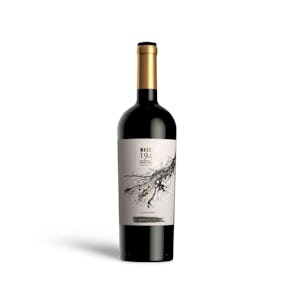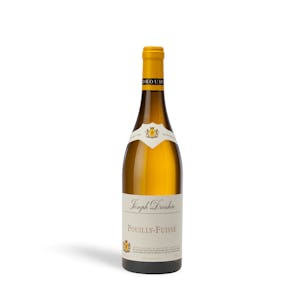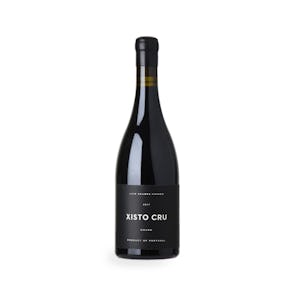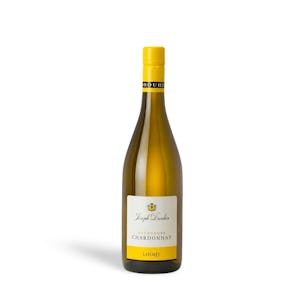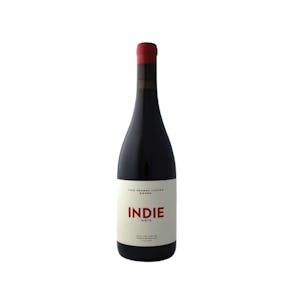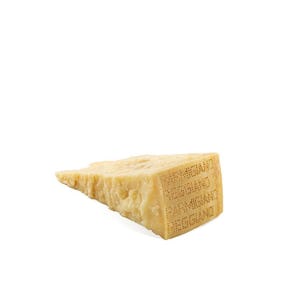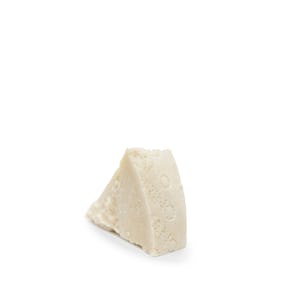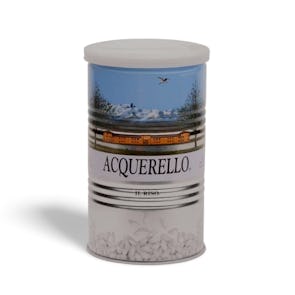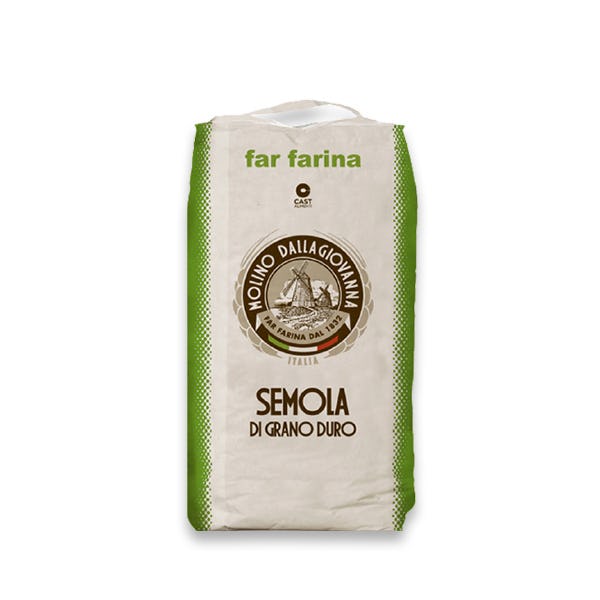
TASTING NOTES FROM THE CURATOR
Semolina flour is high in fiber and protein, and high in gluten, which helps your homemade pastas keep their shape when cooking. It’s traditionally yellow-ish in color, which gives pasta its subtle yellow color. Semolina flour also has less elasticity than other flours, which ensures that pasta shaped into tubes (like penne) or pastas with grooves (like rigatoni) will keep their shape well. This flour has a slight earthy aroma, and a subtly sweet, nutty flavor.
PREPARATION AND PAIRINGS
Try your hand at making your own pastas at home! Molino Dallagiovanna makes it so much easier with their high-quality semolina pasta flour. This flour is especially great to make pastas that will be used with rich sauces. Make spaghetti, lasagna, fusilli, ravioli—the possibilities are endless!
SCIENCE AND CRAFTSMANSHIP MEET
The Dallagiovanna family has been milling grains and making flour since 1832. They stood at the forefront of the new age of industrial and technological advancements, and opened their arms to the combination of both tradition and technology.
Six generations later, and this openness and forward-thinking still stands, and are what keep Dallagiovanna a pioneer in flour. They are the only mill in Italy that still washes their wheat with water, a tradition that keeps flour top quality. They now have over 300 flours under their belt, with a range so diverse. From lactose-free to gluten-free to professional and blended, they have done it all, and are still doing it. Nearly 200 years, and they’re not done yet.
Storage Instructions
Store all-purpose and other refined or specialty flours in a cool, dry place protected from sunlight. Refined flour keeps up to one year in the pantry under these ideal conditions. For longer storage, or in a warmer climate, stash the flour in the freezer, where it can last for up to two years. The cold does not noticeably affect the texture, so you can easily scoop out just the amount you need, but let the flour come to room temperature before you use it for best results, especially when baking.



